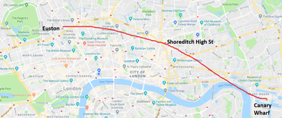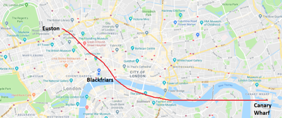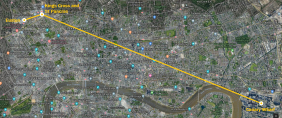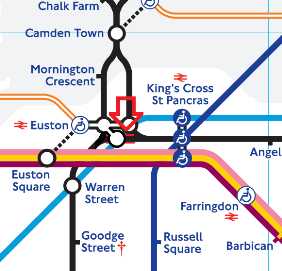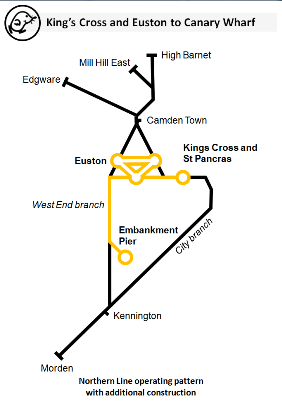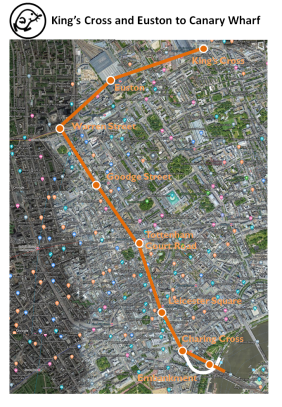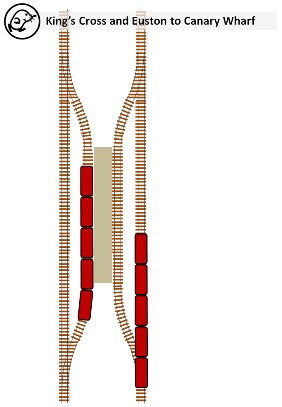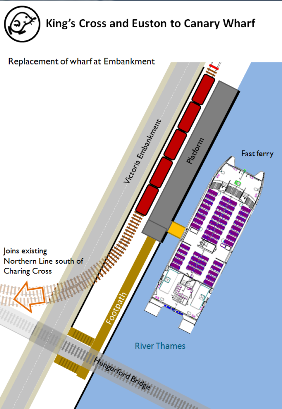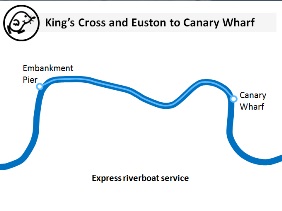However, there is more in the news than Brexit alone, though you might not think so if you don’t look further than the first half-dozen pages of your favourite newspaper. The story that caught my interest in the last few days is New NHS mental health website crashes moments after Prince Harry, Meghan Markle, Prince William and Kate Middleton appear in a three-minute TV advert to promote the campaign.
It seems that the voices of the Scroungers, curiously dubbed The Fab Four in the newspaper story, narrated an advertisement (you can watch it here, in MP4 format) for an NHS campaign about mental health, which has at its centre a website called Every Mind Matters. The website is described in what, I guess, is an NHS Press release as, ‘a new NHS resource offering personalised advice for people struggling with stress, depression or poor sleep.’
How a computer can offer personalised advice is beyond me. I guess the word personalised is being used in the same sense as in the personalised apology which the computer in the guard’s van plays when your train falls over a cliff, but let that pass.
The website offers homely guidance for the perplexed. If you are worried about money, it tells you to visit your local debt advice service. If you can’t sleep at night, if offers the uninentionally hilarious advice to ‘turn your phone off.’
As is pretty much usual when any government website is switched on, Every Mind Matters crashed a few seconds after going live. (Mind you, it’s running normally as I write, on 10 October 2019.) Were the producers off school on the day thay showed the kids how to load-test their web sites and how to provide some extra load-sharing capacity during periods when they expect high demand? But I digress.
Here is a photograph of the Scroungers sitting at your expense on cheap plastic chairs in what looks like a television studio and talking about mental health, a highly specialised branch of medicine which they know no more about than you do:
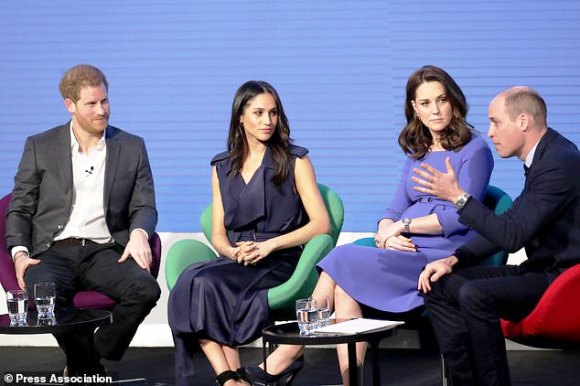
The first point that needs to be made is that being worried about losing your job, being upset because your dog died or losing sleep because you don’t have enough money to pay the electricity bill are not symptoms of mental illness. If anything, they are symptoms of living in a capitalist society where greed is rampant and employment is badly paid and intermittent, while the socialists in Parliament don’t understand that their well-paid jobs have a purpose.
The second point is that if you have a mental illness, talking about it does not cure you. If you suffer from non-reactive depression, schizophrenia, paranoia or bi-polar disorder, that is, if you can see snakes writhing towards you on your carpet, or you can hear the newsreaders on television sneering and telling filthy lies about you, or you can hear voices but you can’t see where they are coming from, you have a serious illness and you need to see a doctor.
The central idea of Every Mind Matters is that mental illness is really nothing to worry about — the best thing to do if you are mentally ill is to visit your local debt counsellor, turn the phone off and talk about your symptoms to a bloke down the pub over a pint of bitter. Expressed in this form, the idea might appear to be complete rubbish, but that’s only because it is complete rubbish.
The National Health Service cannot be excused for adopting this ‘Patient, heal thyself’ approach to treatment.
In a report published in the same newspaper on 10 April 2019 describing the state of specialist mental health services (Teenagers with mental health conditions are being turned away by the NHS unless they have tried suicide, officials warn) the Children’s Commissioner for England, Anne Longfield, describes clinics as ‘struggling to cope with an epidemic of self-harm, anxiety and depression, and … now turning patients away.’ (Ms Longfield, incidentally, ascribes the increasing incidence of mental illness among teenage girls to ‘pressures of social media and increasingly demanding school environments,’ for which ætiology, so far as I know, there is not a shred of evidence. The alternative explanation, that certain recreational drugs cause severe and irreversible brain damage, deserves at least as much credence.)
People who can’t sleep because they worry about buying enough food or keeping the electricity on are certainly victims of a crisis, but it isn’t a crisis of mental health. As I’ve suggested, it is a crisis of low pay and high unemployment. The real crisis in mental health services is similar to the crisis of the NHS generally: it does not have enough money or skilled staff to supply the needs of the public that it serves. The skilled staff will take years to train: if the full student grant were restored tomorrow, that would enable any school leaver with the talent and inclination to become a psychiatrist, but the first newly graduated, publicly funded psychiatrists would only be clocking in at their local clinic in about 2025.
Nevertheless, despite the enormous lead time (which is no longer than the lead time for building a hospital or developing a medicine) the restoration of the full student grant is the only way out of the crisis in mental health provision. Websites advising you to turn your phone off if it wakes you up are, at best, a way of making us laugh and wasting money that ought to have been spent treating ill patients, however many Scroungers sit in front of the cameras promoting them.
 Mark Zuckerberg, surely one of the most immediately recognisable faces on the whole of the internet, has announced that his company, Facebook, one of the most instantly recognisable wastes of time on the whole of the internet, is going to send forth a new digital currency, and its name shall be called
Libra.
Mark Zuckerberg, surely one of the most immediately recognisable faces on the whole of the internet, has announced that his company, Facebook, one of the most instantly recognisable wastes of time on the whole of the internet, is going to send forth a new digital currency, and its name shall be called
Libra.
 Digital currencies have been around for some years, so Mr Zuckerberg has taken the opportunity to learn by its predecessors’ mistakes. One of the advantages that Libra will have over the established brands will be that it will have a stable exchange rate, unlike Bitcoin, for example. Because there are not a lot of Bitcoins in circulation — only 21 million will ever be ‘mined’ — the exchange rate of Bitcoin has swung wildly, which makes it, incidentally, a good choice for currency speculators. The value of the Libra will be pegged to the value of a ‘basket of currencies,’ which may well be a reference to the IMF Special Drawing Right (XDR). If it is, then Libra will join the handful of currencies pegged to the XDR, which include the Seychelles rupee and the Syrian pound. The XDR has proved fairly stable, so the Libra, linked to the XDR, would likely be fairly stable too.
Digital currencies have been around for some years, so Mr Zuckerberg has taken the opportunity to learn by its predecessors’ mistakes. One of the advantages that Libra will have over the established brands will be that it will have a stable exchange rate, unlike Bitcoin, for example. Because there are not a lot of Bitcoins in circulation — only 21 million will ever be ‘mined’ — the exchange rate of Bitcoin has swung wildly, which makes it, incidentally, a good choice for currency speculators. The value of the Libra will be pegged to the value of a ‘basket of currencies,’ which may well be a reference to the IMF Special Drawing Right (XDR). If it is, then Libra will join the handful of currencies pegged to the XDR, which include the Seychelles rupee and the Syrian pound. The XDR has proved fairly stable, so the Libra, linked to the XDR, would likely be fairly stable too.



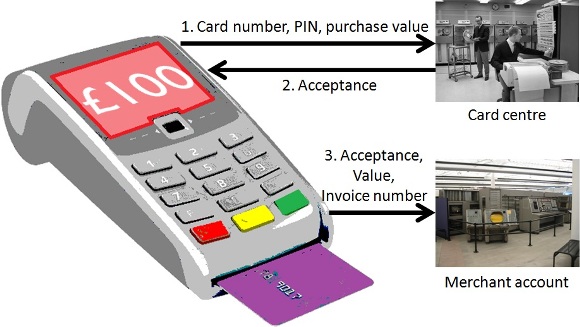
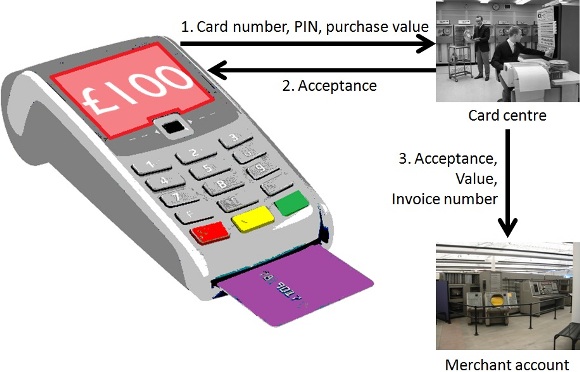
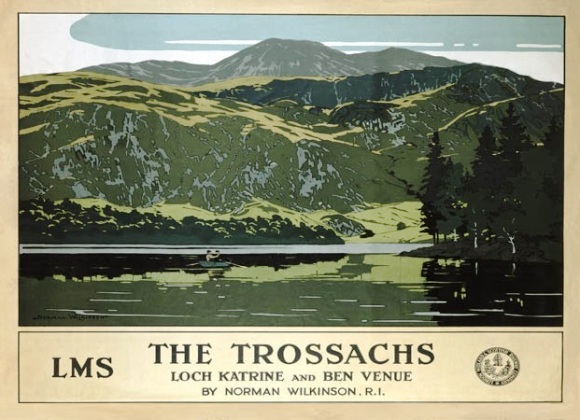

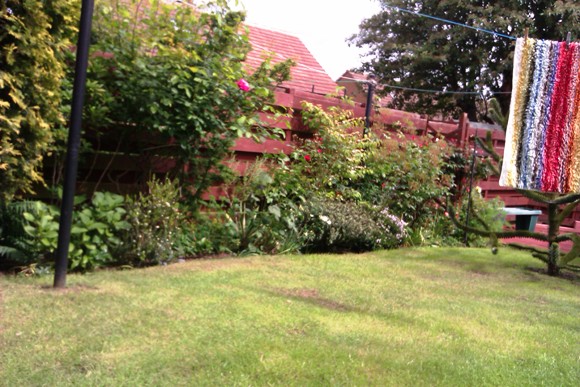


 means that the link opens in a new window. The ikon
means that the link opens in a new window. The ikon
 means that there is a foot-note.)
means that there is a foot-note.)
